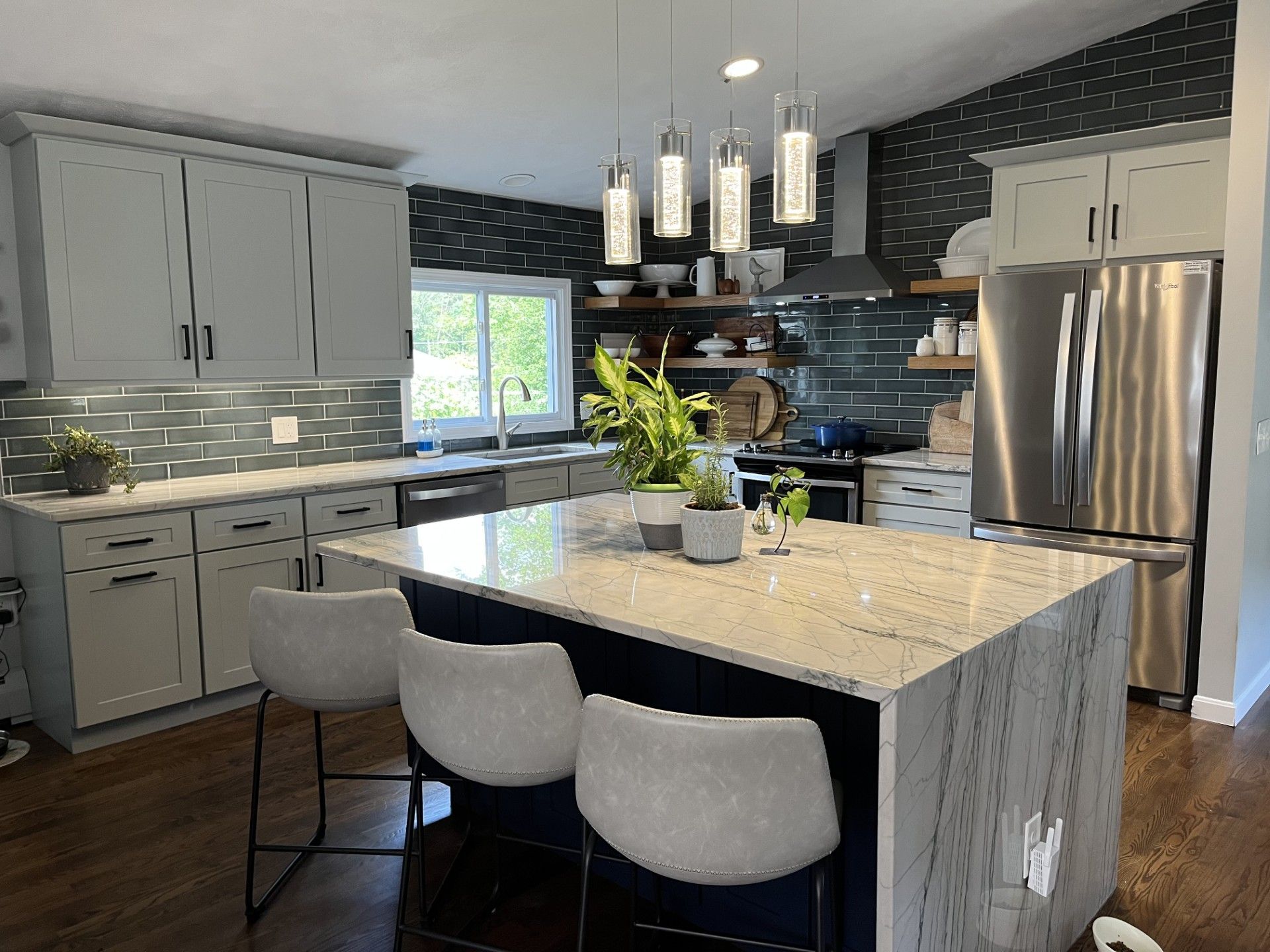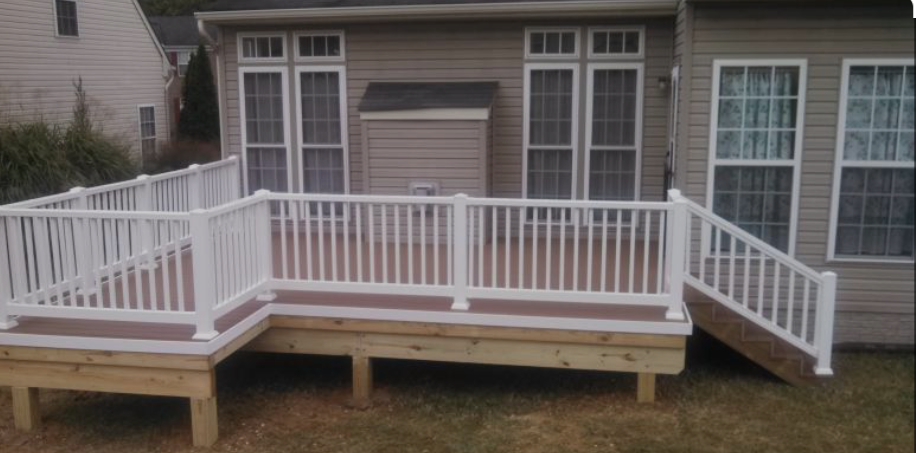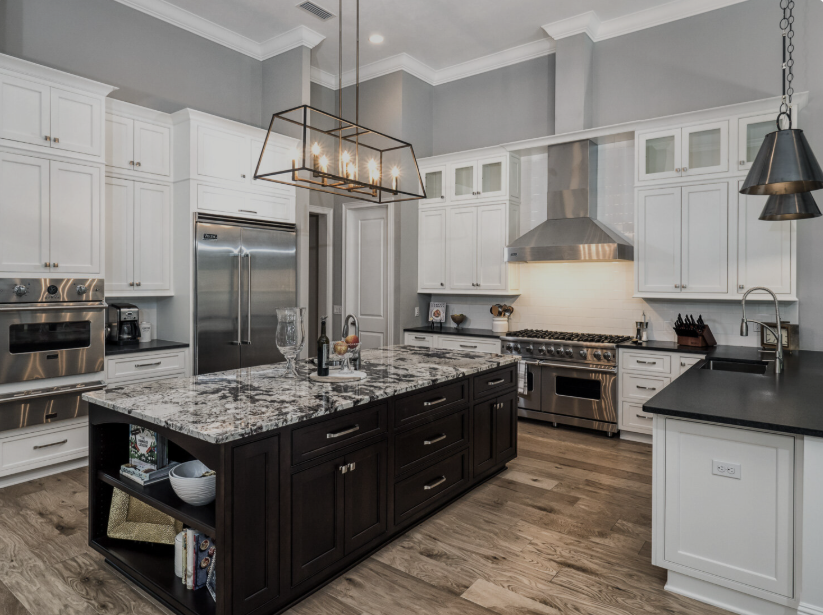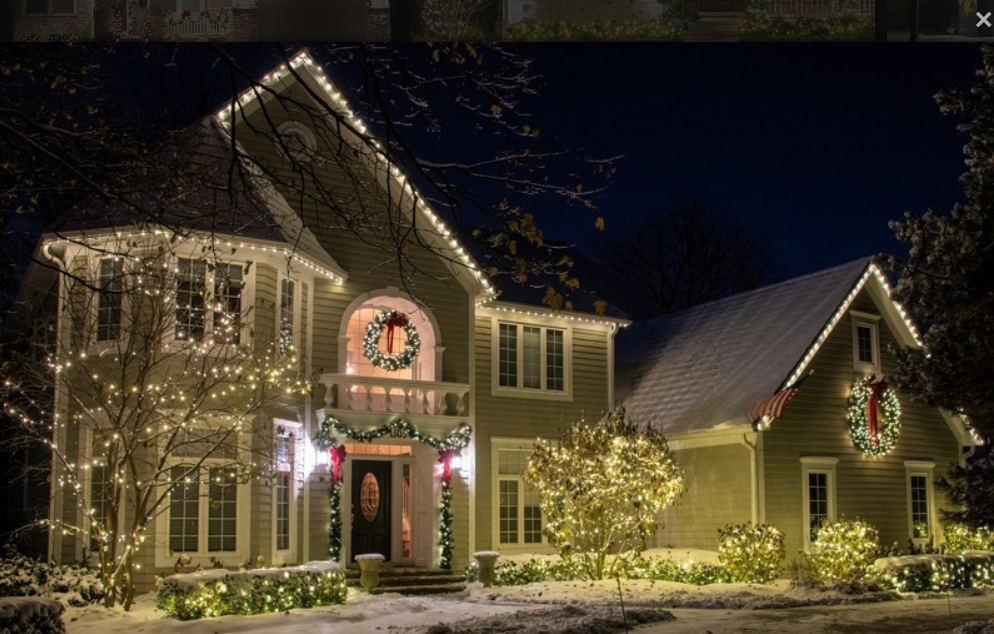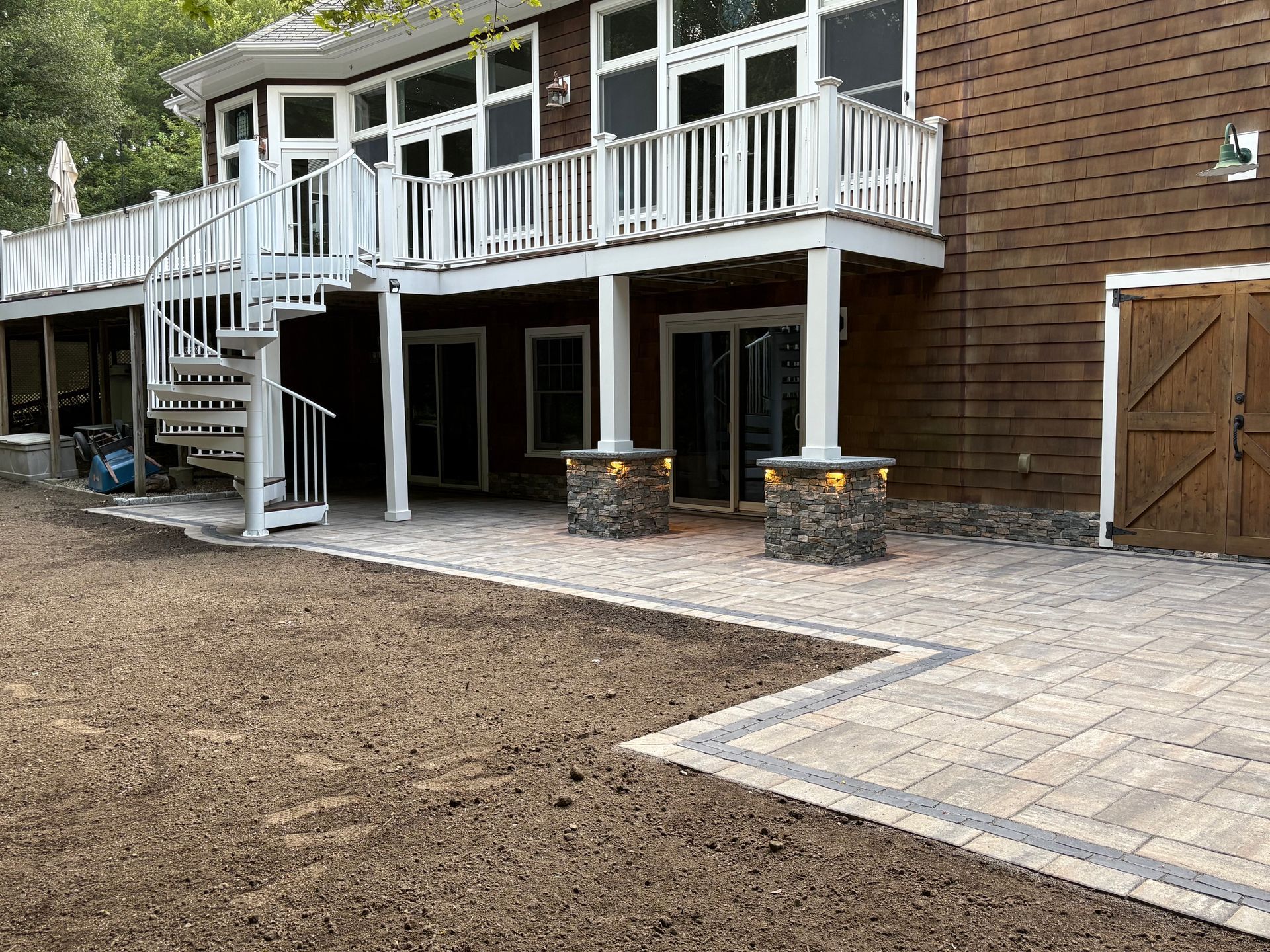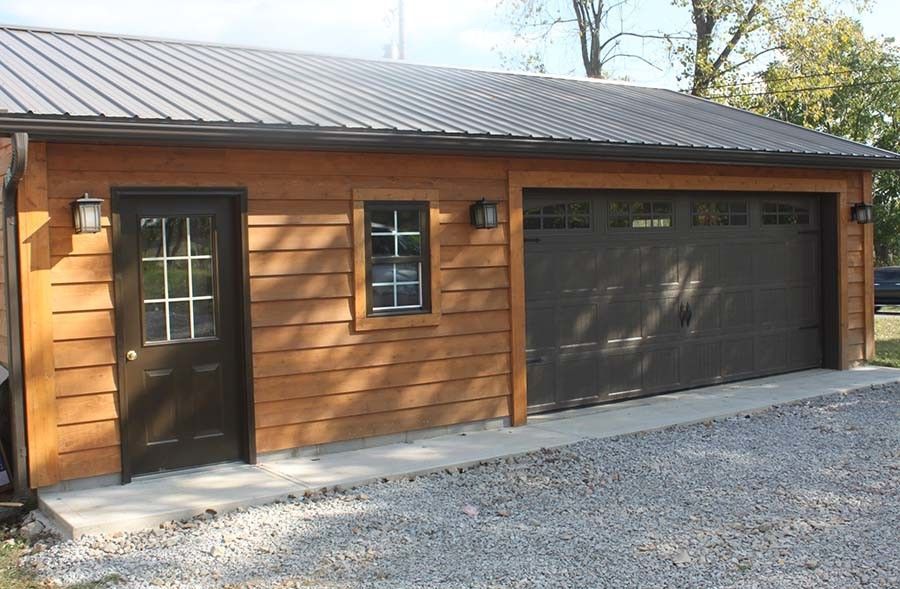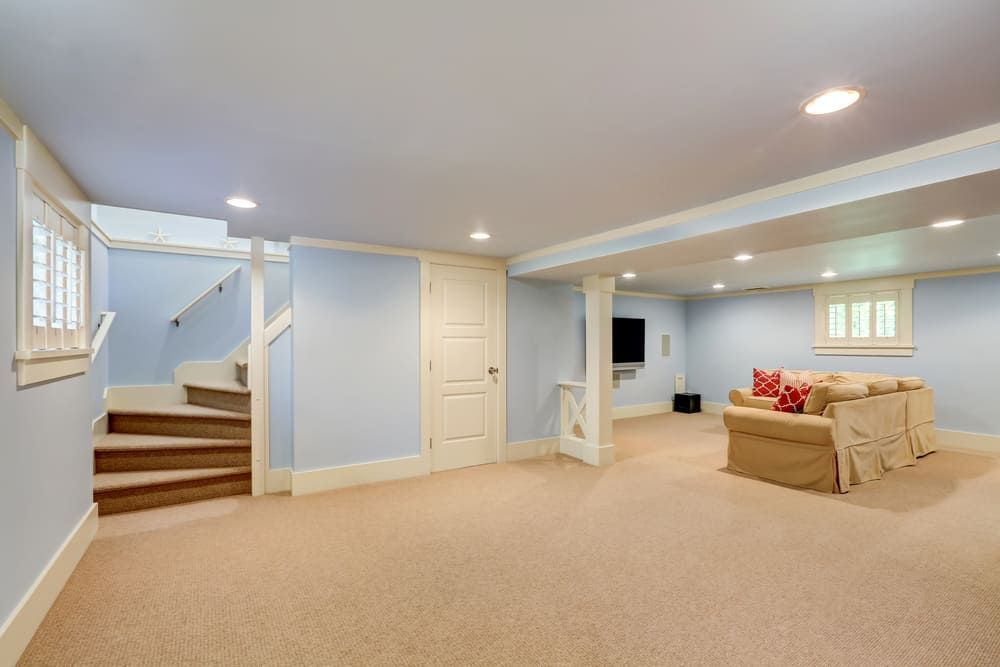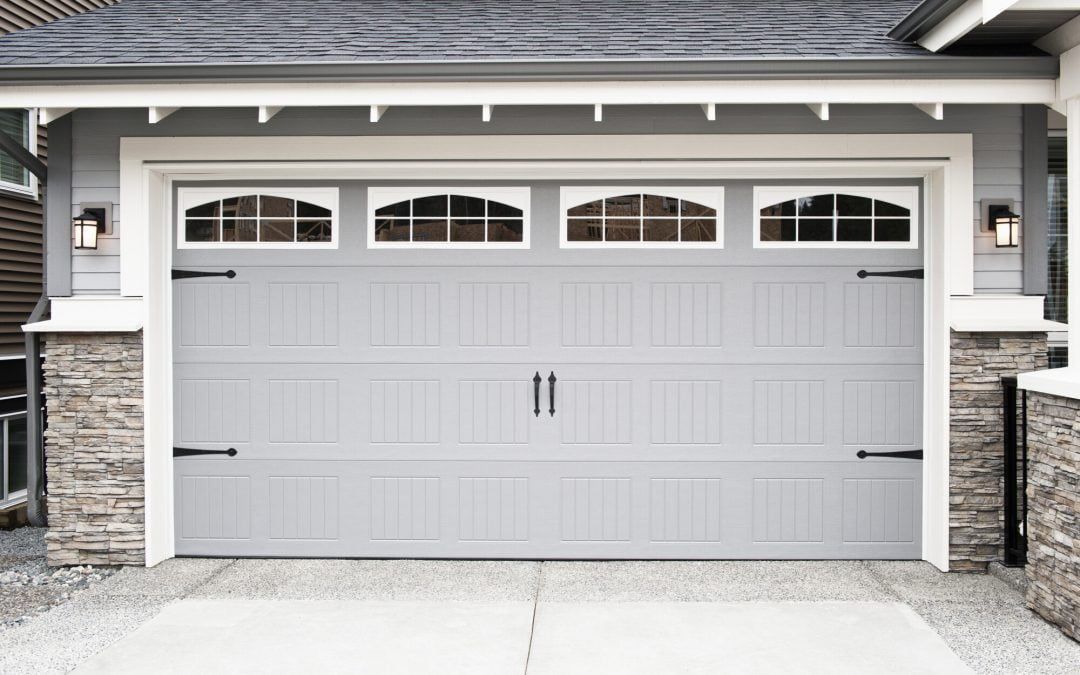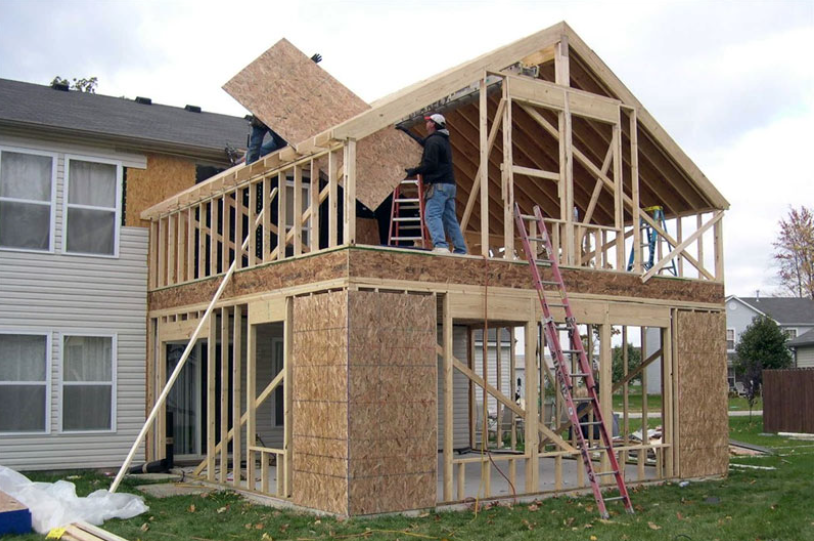Best Season for Home Additions Rhode Island
Timing your home addition project can save thousands of dollars and prevent construction headaches. Rhode Island's distinct seasons each present unique advantages and challenges for home additions. Understanding when to build in Providence, Newport, Warwick, or anywhere across the Ocean State helps ensure your project stays on schedule and within budget.
What Is the Best Season for Home Additions in Rhode Island?
Late spring through early fall (May through October) is generally the best time for home additions in Rhode Island. These months offer favorable weather conditions, longer daylight hours for construction crews, and optimal conditions for concrete curing and material installation. However, each season has specific advantages depending on your project type, timeline, and budget priorities.
Understanding Rhode Island's Construction Seasons
Rhode Island experiences four distinct seasons that significantly impact construction:
Spring (March-May): Variable weather with warming temperatures, increased rainfall creating muddy conditions, ground thawing allowing foundation work, and high contractor demand as building season begins.
Summer (June-August): Consistent warm weather ideal for construction, longest daylight hours maximizing work time, minimal precipitation interruptions, peak construction season with highest contractor demand, and potential for heat-related work slowdowns during extreme temperatures.
Fall (September-November): Mild temperatures comfortable for workers, decreased humidity benefiting material installation, beautiful weather for exterior work, increasing rain toward late fall, and shorter daylight hours as season progresses.
Winter (December-February): Cold temperatures complicating many construction processes, snow and ice causing delays, frozen ground preventing foundation work, shortest daylight limiting work hours, and lowest contractor demand creating potential cost savings.
Month-by-Month Guide for Rhode Island Home Additions
January and February: Winter Planning Phase
Pros: Contractors have availability and time for detailed planning. Winter is ideal for design work, permit applications, material selection, financing arrangements, and contractor interviews. You can secure better rates during the slow season, lock in pricing before spring demand, have undivided attention from contractors, and complete planning for spring groundbreaking.
Cons: Outdoor construction is challenging with frozen ground preventing excavation, concrete work nearly impossible below 40°F, short days limiting work hours, and weather delays common for any exterior work.
Best For: Design and planning phases, interior renovations with minimal exterior exposure, and scheduling projects to begin in spring.
March and April: Transition Season
Pros: Ground begins thawing allowing foundation work, contractors are available before peak season rush, spring weather provides some good working days, and you can start projects to complete before summer.
Cons: Unpredictable weather creates scheduling uncertainty, mud season makes site access difficult, rain delays are common, and temperature swings affect material installation.
Best For: Starting foundation work, beginning projects with summer completion targets, and projects that can accommodate flexible schedules.
May: Prime Season Begins
Pros: Consistently warming temperatures, ground fully thawed for all foundation work, longer daylight extending work hours, and manageable contractor schedules before peak summer demand.
Cons: Spring rain can still cause delays, contractor calendars filling quickly, and demand increasing materials costs.
Best For: Starting most addition types, foundation and framing work, and projects requiring 3-4 month completion timelines.
June, July, and August: Peak Construction Season
Pros: Most reliable weather in Rhode Island, warmest temperatures for all materials, longest work days maximizing productivity, ideal conditions for concrete, roofing, and exterior finishes, and comfortable outdoor working conditions.
Cons: Highest contractor demand limiting availability, peak season pricing, potential heat delays during extreme temperatures, vacation schedules affecting crew availability, and longer lead times for materials.
Best For: All types of home additions, roofing and exterior work, projects requiring weatherproof completion before winter, and homeowners with flexible timelines who planned ahead.
September and October: Sweet Spot Season
Pros: Excellent weather continues in early fall, comfortable temperatures for workers and materials, beautiful working conditions, contractor demand begins decreasing, more flexible scheduling becoming available, and ideal for finishing exterior work before winter.
Cons: Daylight hours decreasing, increasing rain probability late October, pressure to complete before winter, and potential for early cold snaps.
Best For: Starting smaller additions that can complete before winter, finishing projects started in summer, exterior work requiring completion before cold weather, and homeowners seeking post-peak-season availability.
November and December: Late Season Challenges
Pros: Lowest contractor demand creating availability, potential for off-season discounts, contractors motivated to fill schedules, and good planning time for next spring.
Cons: Decreasing temperatures affecting many materials, early snow and ice possible, very short days limiting work hours, holidays causing schedule disruptions, and rush to close in before winter.
Best For: Interior-focused additions with minimal exterior exposure, planning and design for spring construction, and securing contractors for upcoming spring projects.
Factors Beyond Season That Affect Timing
Project Type and Complexity
Different additions suit different seasons:
Foundation-Heavy Projects: Best started May through September when ground conditions are optimal. Foundation work requires dry conditions, above-freezing temperatures, proper concrete curing time, and stable ground conditions.
Second-Story Additions: Ideal during summer's dry season. These projects expose your home's interior to elements, require extended periods of roof opening, need consistent dry weather, and benefit from warm temperatures for material installation.
Sunrooms and Enclosed Porches: Flexible timing throughout warmer months. Less invasive to main house, can be completed relatively quickly, require minimal foundation work, and can often finish before winter if started by September.
Attached Garages: Spring through fall construction works well. Significant foundation and slab work required, exterior framing exposed to elements, roofing needs favorable conditions, and concrete work essential.
Bump-Outs and Small Additions: Most flexible timing. Smaller projects complete faster, less exposure time for home's interior, can sometimes work around weather, and may complete in one season if started early.
Rhode Island Permit Timelines
Factor in municipal approval processes:
Building Permits: Typically take 2-6 weeks in Rhode Island municipalities, with timing varying by city or town. Providence, Warwick, Cranston, Pawtucket, and other large cities may have longer review periods. Smaller towns like Narragansett, South Kingstown, or Barrington often process permits faster.
Complex additions require extended review, and spring brings increased permit applications.
Special Approvals: Some locations require additional approvals. Historic districts in Newport or Providence need historical commission approval. Coastal properties require CRMC (Coastal Resources Management Council) permits. Wetlands proximity triggers environmental reviews. Variances or zoning relief extend timelines significantly.
Planning Recommendation: Apply for permits 3-4 months before desired construction start to account for review time, potential revisions, seasonal application volume, and approval contingencies.
Weather Patterns Specific to Rhode Island
Understanding local climate helps planning:
Coastal vs. Inland Differences: Coastal areas like Newport, Narragansett, and Westerly moderate temperature extremes, experience higher humidity, see earlier fog and later frost, and face increased wind exposure. Interior locations like Woonsocket, Burrillville, and Foster have colder winters, hotter summers, earlier fall frost, and less wind but more snow accumulation.
Precipitation Patterns: Rhode Island averages 45-50 inches of rain annually. Spring (March-May) is wettest season causing mud and delays. Summer storms are intense but brief. Fall rain increases in November. Winter brings 20-40 inches of snow depending on location.
Hurricane Season: June through November is Atlantic hurricane season. Peak season is August through October. Coastal Rhode Island is vulnerable to tropical storms. Consider storm timing when planning major exterior work. Have contingency plans for weather delays.
Budget Considerations by Season
Seasonal pricing varies significantly:
Off-Season Advantages (December-March): Contractors offer 10-20% discounts to fill schedules, provide more negotiating flexibility, give detailed attention to your project, and offer flexible start dates. However, weather delays may increase overall costs, and some work may need to wait for spring.
Peak Season Costs (June-August): Expect premium pricing due to high demand, less negotiating power, longer wait times for scheduling, and contractors managing multiple projects simultaneously. However, faster completion is likely, with minimal weather delays and optimal working conditions.
Shoulder Season Balance (April-May, September-October): Moderate pricing between extremes, good availability with reasonable rates, favorable weather conditions, and motivated contractors seeking to fill schedules.
Cost-Saving Strategy: Book contractors during winter months for spring construction, locking in off-season rates with spring construction timeline, securing materials early, and having maximum preparation time.
Contractor Availability Throughout the Year
Understanding contractor schedules helps planning:
High-Demand Periods: May through September sees contractors booking 2-4 months in advance. Experienced contractors fill schedules earliest. Premium contractors may have 6+ month wait lists. Limited flexibility for scheduling changes.
Moderate-Demand Periods: April and October offer reasonable availability within 4-8 weeks, some negotiating room on pricing, more contractor options available, and flexibility for minor adjustments.
Low-Demand Periods: November through March features immediate to short-term availability, contractors actively seeking work, maximum negotiating leverage, and ability to choose from top contractors.
Booking Recommendation: Contact contractors 6-12 months before desired start date, especially for summer construction. Early planning ensures contractor choice, locks in favorable pricing, allows thorough design development, and provides permit processing time.
Special Considerations for Rhode Island Homeowners
Coastal Construction Timing
Living near Rhode Island's coast adds complexity:
Wind Exposure: Coastal wind affects construction nearly year-round. Spring and fall bring strongest wind events. Summer offers calmest conditions generally. Winter nor'easters create hazardous conditions.
Salt Air and Moisture: Year-round consideration for material installation. Humidity affects paint, stain, and adhesive curing. Proper sealing critical before winter. Material selection should account for corrosive environment.
Storm Season: Hurricane and tropical storm season peaks August-October. Monitor forecasts during construction. Have tarping and weatherproofing plans ready. Consider storm insurance during construction.
Historic District Projects
Newport, Providence, and other historic areas require special timing:
Extended Approval Processes: Add 4-8 weeks for historical commission review. Multiple review meetings may be necessary. Architectural changes require detailed justification. Factor extra time into spring construction plans.
Seasonal Restrictions: Some districts limit construction during tourist season. Newport may restrict summer work in certain areas. Providence historic districts have specific guidelines. Check local requirements early in planning.
Managing Life During Construction
Season affects your daily experience:
Summer Construction Benefits: Open windows provide ventilation during dusty work, outdoor living spaces remain accessible, children on summer break reduces school-year disruption, and longer days mean crews finish earlier.
Winter Construction Challenges: Constant door opening loses heat, limited outdoor space access, tracking mud and snow inside, and shorter days mean longer project duration.
Shoulder Season Sweet Spot: Moderate temperatures minimize heating/cooling loss, comfortable indoor/outdoor transition, fewer weather extremes, and manageable disruption timing.
Creating Your Optimal Timeline
Build a realistic schedule:
Planning Phase (2-4 months): Design development and finalization, contractor selection and bidding, material selection, financing arrangements, and permit application submission.
Pre-Construction (1-2 months): Permit approval waiting period, final material ordering, site preparation planning, scheduling subcontractors, and establishing temporary living arrangements if needed.
Construction Phase (2-6 months): Duration varies by project size and complexity. Foundation and framing take 2-4 weeks. Rough-ins for mechanical, electrical, plumbing need 1-2 weeks. Insulation and drywall require 2-3 weeks. Finish work takes 3-4 weeks. Final inspections and punch list need 1-2 weeks.
Seasonal Timeline Examples: Spring start (April) targets fall completion (October), summer start (June) aims for late fall finish (November), fall start (September) may extend into following spring, and winter planning targets spring or summer construction.
Warning Signs of Poor Seasonal Planning
Avoid these mistakes:
Starting Too Late in Season: Beginning major additions after July 15 risks winter incompletion. Starting foundation work after September risks cold-weather complications. Roofing projects begun after October face winter weather. Exterior finishes started in November may not cure properly.
Ignoring Weather Contingencies: Schedule extra time for rain delays, especially spring. Build in buffer time for unexpected cold snaps. Don't plan completion for holiday weeks. Account for material delivery delays during winter.
Unrealistic Expectations: Most additions take longer than initially estimated. Weather causes delays even in good seasons. Permit processes vary unpredictably. Subcontractor availability affects schedules.
Making the Final Decision
Choose your construction season based on:
Priority Ranking: If cost savings are most important, consider off-season planning with spring construction. If speed matters most, summer offers fastest completion. If contractor choice is priority, book far in advance for peak season. If weather certainty is crucial, choose June through August.
Project Requirements: Foundation-heavy projects need warm, dry months. Minimal exterior exposure projects offer season flexibility. Quick turnaround projects can work in shoulder seasons. Complex projects need extended good-weather windows.
Personal Circumstances: Work-from-home situations may prefer certain seasons. Family schedules affect disruption tolerance. Vacation plans should align with construction phases. Financial timing might dictate season choice.
The best season for your home addition depends on your unique project requirements, budget, and timeline. Most Rhode Island homeowners find late spring through early fall offers optimal conditions, but strategic planning during other seasons can provide significant advantages.
Ready to plan your home addition for the perfect season? Rockhouse Construction works with Rhode Island homeowners year-round to create realistic timelines that account for our unique climate, local building requirements, and seasonal advantages. Our experienced team will help you determine the optimal timing for your specific project, ensuring maximum value and minimal disruption regardless of season.
Contact Rockhouse Construction today to discuss your addition plans and develop a timeline that works for your schedule and budget. Plan smart. Build right. Choose your season wisely.
